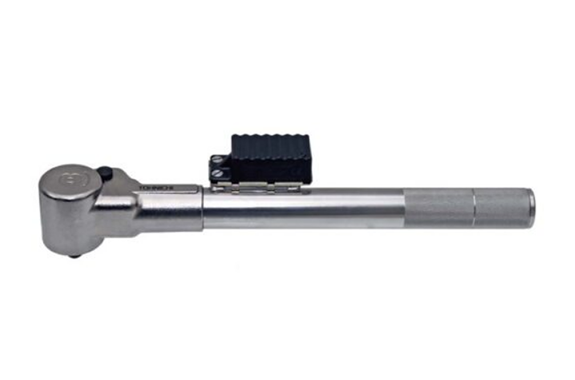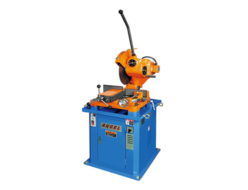Japan, Tohnichi
Tohnichi QSPCAFHP/QSPCAFHLSM Pokayoke Torque Wrench

Made in Japan
Manufacturer: Tohnichi
Model: QSPCAFHP/QSPCAFHLSM
A torque wrench that prevents 3 problems: under-tightening, over-tightening, and other human tightening errors.

Example of a Pokayoke (error-proofing) configuration:

R-CM receiver (shown connected to M-FH radio module and AC adaptor BA-8R)
Application
Pokayoke system to prevent under-tightening, over-tightening and missed tightening
Features
- The QSPCAFH has been upgraded to the QSPCAFHLSM model.
- When set torque is reached, rotary slip occurs and a tightened-to-completion radio signal is transmitted. The system is cordless, greatly increasing workability.
- [New Telecommunication Mode] The QSPCAFHLSM can monitor transmitter battery voltage. Distance has been extended to around 20–30 meters.
- One R-CM receiver can check the IDs of up to four torque wrenches. When connected to the CNA-4mk3 Count Checker (Poka Patrol), it is easy to build a Pokayoke (error proofing) system.
- The QSPCAFHLSM can be switched to the older telecommunication mode using the SB-FH2 setting controller (sold separately). Then the older R-FH256 can be used.
- QSPCAFHP/QSPCAFHLSM conform to the IEC 61340-5-1:2007 Standard (protection of electronic devices from electrostatic phenomena).
- The QSPCAFHP/QSPCAFHLSM series are compliant with ISO 6789:2017 starting January 2022. For more information, see the technical data “Initiatives for ISO 6789:2017” at the bottom of the screen.
Specifications


Note:
- The older QSPCAFHP and QSPCAFH use the former telecommunication mode. They can use the older R-FH256 receiver and the downwardly compatible R-CM.
For further information, please consult the R-CM receiver catalog.
- The QSPCAFHP conforms to wireless technical standards in Japan, the U.S., the EU, China, Thailand, Malaysia, Taiwan, Mexico, Vietnam, and South Korea. (Information valid as of June 2021.)
- As of December 2021, the QSPCAFHLSM conforms to wireless technical standards in Japan (TELEC), the U.S. (FCC), Canada (IC), the EU (CE), Thailand (NTC), India (WPC), and Singapore (IMDA). It can also be used in China, Mexico, and Vietnam.
- One R-CM receiver can communicate with a maximum of four torque devices, but it does not function with a mixture of new and old communication modes. (You can use the SB-FH2 setting controller to switch the QSPCAFHLSM and CSPFHW to the older communication mode.)
- Products are compliant with ISO 6789:2017 starting January 2022. Calibration Certificates will be different from older products.
- Standard accessory: Provided with one Panasonic CR2032 button lithium battery (for testing)
Dimensions

QSPCAFHP6N-QSPCAFHP12N

QSPCAFHLSM30N

QSPCAFHLSM70N













